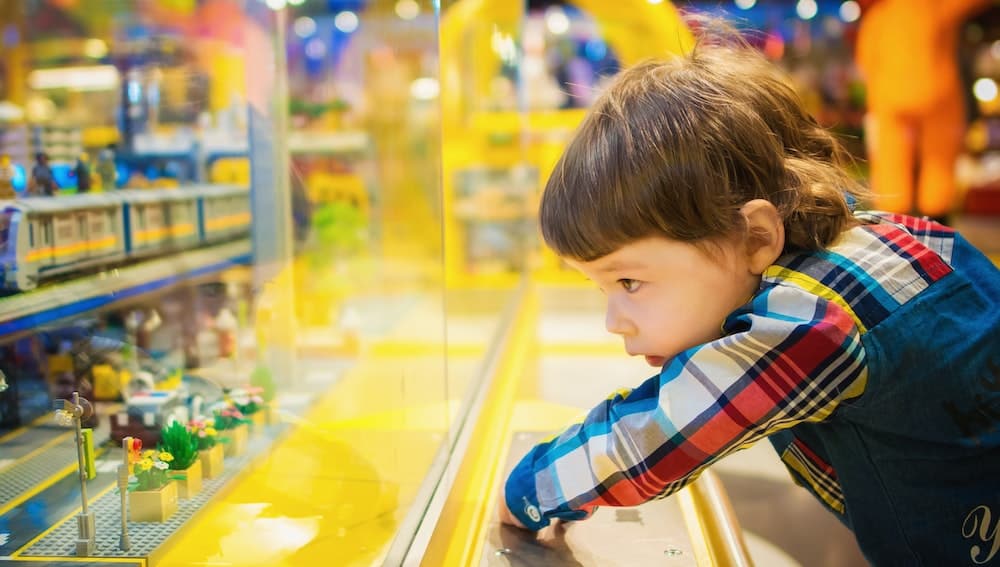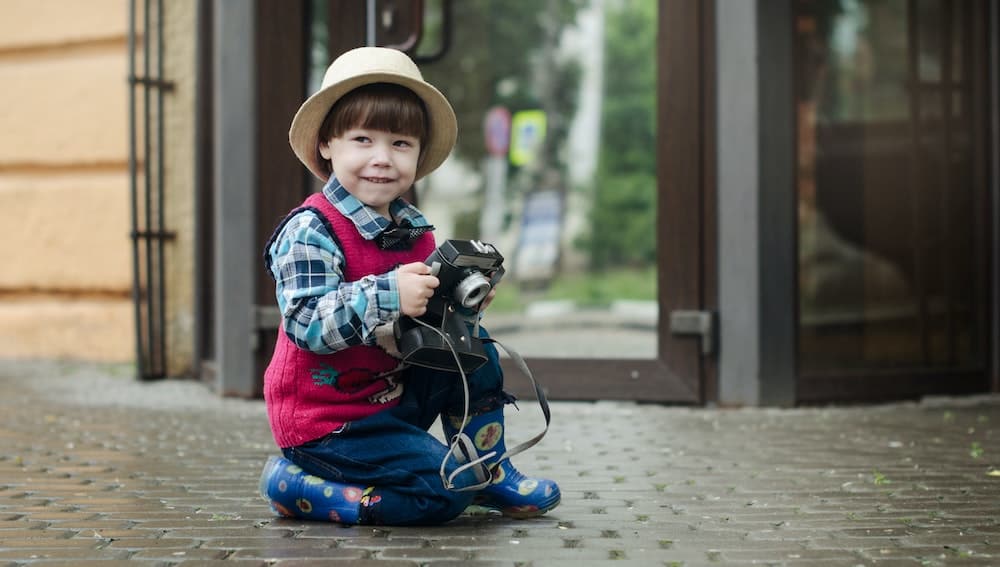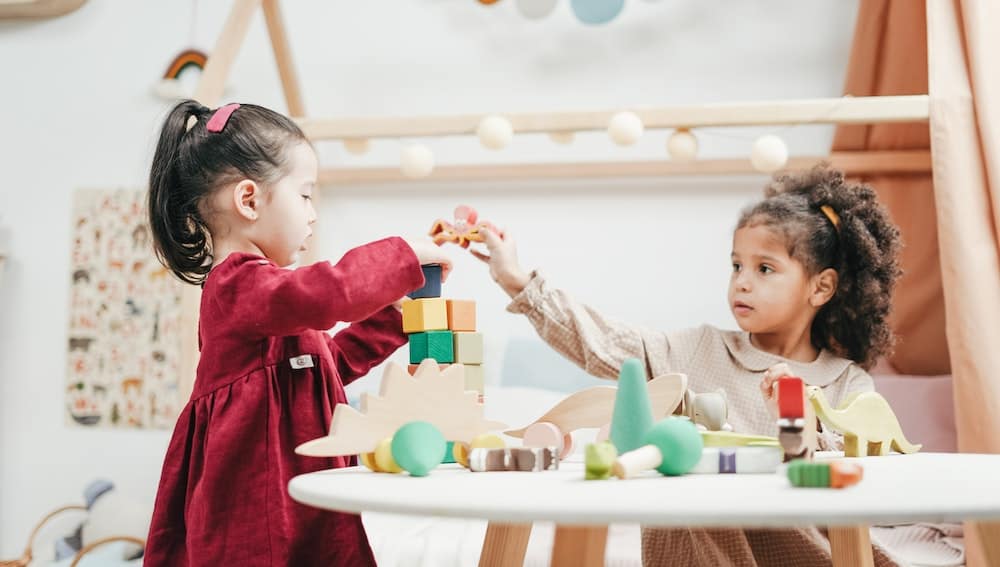Children love playing with toys, but as they grow older, their interests and preferences change. Parents often wonder when their child will stop playing with toys and what factors influence this transition.
Understanding the role of toys in child development, the influence of age on play preferences, and the impact of environment and peers can shed light on when kids stop playing with toys.
Toys play an essential role in a child’s development, providing opportunities for learning, creativity, and socialization. Young children typically enjoy toys that are colorful, interactive, and stimulate their senses.
As children grow older, their interests and preferences change, and they may gravitate towards more sophisticated toys that challenge their cognitive and physical abilities.
The transition from playing with toys to other interests varies from child to child and depends on various factors. While some children may lose interest in toys at a young age, others may continue to enjoy playing with them well into their teenage years.
The influence of environment and peers can also play a significant role in shaping a child’s play preferences.
Key Takeaways
- Toys play a crucial role in a child’s development, providing opportunities for learning, creativity, and socialization.
- The transition from playing with toys to other interests varies from child to child and depends on various factors, including age, interests, and environment.
- Understanding the role of toys in child development and the impact of age, environment, and peers on play preferences can help parents navigate their child’s transition from playing with toys to other interests.
Understanding the Role of Toys in Child Development
Toys play a crucial role in child development, providing a fun and engaging way for kids to explore their interests, imagination, and problem-solving skills.
Through play, children develop cognitive and motor skills, as well as social skills and confidence.
Age-appropriate toys are essential for promoting healthy development. Younger children benefit from toys that stimulate their senses and encourage exploration, such as soft toys, rattles, and mobiles.
As children grow older, they need toys that challenge their cognitive abilities and problem-solving skills, such as building blocks, puzzles, and board games.
Unstructured play with toys also promotes creativity and imagination. Children can use toys to create their own stories and scenarios, allowing them to express themselves and develop their own unique perspectives.
This type of play is especially important in today’s world, where children are increasingly exposed to structured activities and technology.
Toys can also be used to teach science and other subjects in a fun and engaging way. Science kits, for example, can help children learn about the natural world and develop an interest in science.
Educational toys can also help children develop confidence in their abilities and encourage them to pursue their interests.
In conclusion, toys play an important role in child development, providing a fun and engaging way for kids to explore their interests, imagination, and problem-solving skills.
Parents and caregivers should choose age-appropriate toys that promote healthy development and encourage unstructured play.
See more about play toys: 10 Ergonomic Best Toys for Crawlers 2021
The Influence of Age on Play Preferences
Children’s play preferences change as they grow and develop. This section explores how age influences play preferences, focusing on babies and toddlers and adolescents.
Babies and Toddlers
During the sensorimotor stage, babies and toddlers learn about the world through their senses and motor actions. They enjoy exploring objects, manipulating them, and discovering cause and effect relationships.
Toys that promote sensory exploration, such as rattles, textured balls, and soft toys, are popular among infants. Toddlers, who are more mobile, enjoy toys that allow them to practice their new-found skills, such as push and pull toys, ride-on toys, and building blocks.
Adolescents
As children enter the formal operational stage, their play preferences become more complex. They begin to engage in imaginative play, creating scenarios and using toys to act them out. They also enjoy games with rules and structure, such as board games and card games.
As they move into the abstract operational stage, they may become interested in toys that allow them to explore abstract ideas, such as science kits and puzzles.
Overall, while play preferences change with age, children of all ages benefit from play. It is through play that children learn about the world, develop important skills, and have fun.
The Impact of Environment and Peers
The environment and peers play a significant role in shaping a child’s behavior and interests. Children are often influenced by their surroundings and the people they interact with regularly.
Here are some ways that environment and peers can impact a child’s interest in playing with toys:
Environment
The environment a child grows up in can influence their interest in playing with toys. For example, children who grow up in households where there are many toys available may continue to play with toys for a longer period.
On the other hand, children who grow up in households where there are few toys available may lose interest in playing with toys at an earlier age.
Peers
Peers can also influence a child’s interest in playing with toys. Children often want to fit in with their peers and may be more likely to stop playing with toys if their friends are no longer interested in them.
Conversely, if a child’s peers continue to play with toys, the child may be more likely to continue playing with toys as well.
Change
Changes in a child’s environment or peer group can also impact their interest in playing with toys.
For example, if a child moves to a new neighborhood where there are fewer children their age, they may lose interest in playing with toys because they have fewer opportunities to socialize and play with others.
Similarly, if a child’s friends start playing sports or other activities that do not involve toys, the child may lose interest in playing with toys.
Socialize
Playing with toys can help children socialize and develop important skills like teamwork. Children who continue to play with toys may have more opportunities to socialize with others and develop these skills.
Overall, the environment and peers can have a significant impact on a child’s interest in playing with toys. Children who grow up in households with many toys available and have peers who continue to play with toys may be more likely to continue playing with toys for a longer period.
On the other hand, changes in a child’s environment or peer group can cause them to lose interest in playing with toys.
The Transition from Toys to Other Interests
As children grow up, their interests and hobbies change. This often leads to a transition from playing with toys to exploring other activities.
Here are a few common areas where children tend to shift their focus:
Technology and Screen Time
In today’s digital age, children are exposed to technology from a young age. As they grow up, they may become more interested in using devices like tablets, computers, and smartphones.
This can lead to a decrease in the amount of time they spend playing with traditional toys.
While technology can provide many educational and entertainment benefits, it’s important to monitor screen time and ensure that children are still engaging in other activities.
Encouraging a balance between technology and other interests can help children develop a well-rounded set of skills.
Art and Creative Expression
As children develop their fine motor skills and creativity, they may become more interested in artistic activities. This can include drawing, painting, sculpting, and other forms of art.
Providing children with access to art supplies and encouraging them to explore their creativity can help foster a lifelong love of art.
Engaging in creative activities can also help children develop important skills like problem-solving, critical thinking, and self-expression. Encouraging children to pursue their interests in art can help them develop a sense of confidence and self-esteem.
Overall, the transition from playing with toys to exploring other interests is a natural part of growing up.
By providing children with access to a variety of activities and encouraging them to pursue their interests, parents and caregivers can help children develop a well-rounded set of skills and interests.
The Role of Play in Developing Essential Life Skills
Play is an essential part of a child’s development and contributes significantly to the development of essential life skills.
Through play, children learn problem-solving skills, coping mechanisms, conflict management skills, hand-eye coordination, dexterity, self-esteem, empathy, curiosity, cause and effect, cognitive abilities, and more.
Problem-solving skills are developed through play as children encounter challenges and work to overcome them. Coping mechanisms are developed as children learn to manage their emotions and deal with stress through play.
Conflict management skills are developed as children learn to negotiate and compromise with others during play.
Hand-eye coordination and dexterity are developed through activities that involve manipulating objects, such as building blocks or puzzles. Self-esteem is developed as children gain confidence in their abilities through play and learn to take risks and try new things.
Empathy is developed through play as children learn to understand and relate to others. Curiosity is fostered through play as children explore and discover new things.
Cause and effect relationships are learned through play as children experiment with different actions and observe the resulting outcomes.
Cognitive abilities are developed through play as children engage in activities that require problem-solving, critical thinking, and decision-making skills. Overall, play is an essential component of a child’s development and helps to lay the foundation for success in adulthood.
The Effects of Play on Mental Health
Play is a crucial part of a child’s development and has a significant impact on their mental health. Research has shown that play can help reduce stress, improve focus, and alleviate anxiety in children.
Stress is a common issue that affects many children today. Play can help reduce stress by providing an outlet for children to express themselves and release pent-up emotions.
Play also helps children develop coping skills and resilience, which are essential for managing stress throughout their lives.
Furthermore, play has been shown to improve focus and concentration in children. During play, children are fully engaged in the activity, which helps them develop their attention span and ability to concentrate. This skill is essential for academic success and is beneficial in other areas of life as well.
Anxiety is another issue that can affect children’s mental health. Play can be an effective tool for alleviating anxiety by providing a safe and fun environment for children to explore and experiment.
Play also helps children develop problem-solving skills, which can be beneficial in managing anxiety-inducing situations.
In conclusion, play has a significant impact on children’s mental health. It can help reduce stress, improve focus, and alleviate anxiety. Parents and caregivers should encourage children to engage in play activities regularly to promote their mental well-being.
Frequently Asked Questions
At what age do children typically stop playing with toys?
There is no specific age when children stop playing with toys as each child is unique and develops at their own pace. However, most children start to lose interest in toys around the age of 8-10 years old.
What are the signs that a child is ready to stop playing with toys?
Some signs that a child may be ready to stop playing with toys include showing more interest in electronic devices, spending more time with friends, and wanting to engage in more adult-like activities.
How can parents encourage their children to stop playing with toys?
Parents can encourage their children to stop playing with toys by introducing new activities that align with their child’s interests, such as sports, music, or art.
Parents should also avoid buying new toys and instead focus on experiences and activities that promote growth and development.
What are some alternative activities for children who have stopped playing with toys?
Some alternative activities for children who have stopped playing with toys include reading, writing, playing sports, learning a new skill, volunteering, and spending time with friends and family.
Is it concerning if a child continues to play with toys beyond a certain age?
No, it is not concerning if a child continues to play with toys beyond a certain age as long as it is not interfering with their daily life and development.
Play is an important aspect of childhood and can help with creativity, problem-solving, and socialization skills.
What are the benefits of children transitioning away from playing with toys?
Transitioning away from playing with toys can help children develop new skills and interests, promote independence, and prepare them for adulthood.
It can also help them become more well-rounded individuals and open up new opportunities for growth and development.
Related Posts:

Iesha is a loving mother of 2 beautiful children. She’s an active parent who enjoys indoor and outdoor adventures with her family. Her mission is to share practical and realistic parenting advice to help the parenting community becoming stronger.



